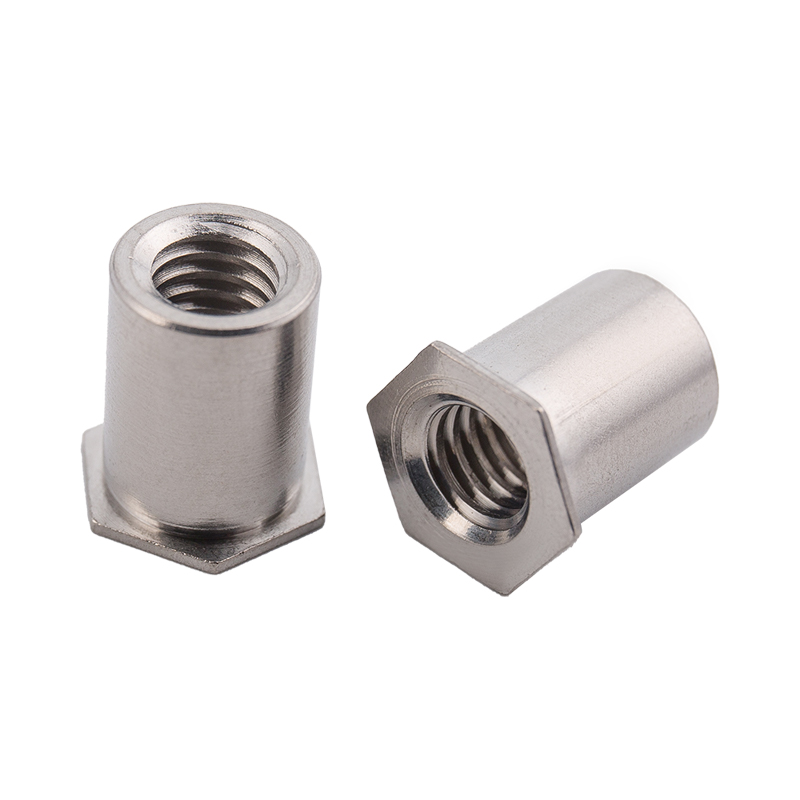-
CBB61 1.2uF/400V Black Film CapacitorsThe CBB61 1.2uF/400V capacitor features a black casing with black dielectric material, measuring 37mm × 24mm × 13mm. It includes mounting holes for se...
-
CBB61 1.5uF/400V CapacitorsThe CBB61 1.5uF/400V capacitor shares the 37mm × 24mm × 13mm black casing and black dielectric material with its 2.0uF counterpart. It also features m...
-
CBB61 2.0uF/400V CapacitorsThe CBB61 2.0uF/400V capacitor comes in a black casing with a black dielectric material, measuring 37mm × 24mm × 13mm. It includes mounting holes for ...
-
CL21 155/400V CapacitorsThe CL21 155/400V capacitor measures 22.5mm × 17.5mm × 10.3mm and is designed with a brown encapsulated casing, offering robust insulation and environ...
-
CL21 105/630V CapacitorsThe CL21 105/630V capacitor has dimensions of 22mm × 12.5mm × 7mm and features a brown encapsulated design, providing enhanced insulation and mechanic...
-
X2-104uf/305V CapacitorsThe X2-104uF/305V capacitor measures 18mm × 12mm × 11mm and features a yellow shell and yellow dielectric material, ensuring reliable insulation and l...
What Are the Differences Between Open-End, Closed-End, and Knurled Pressure Rivet Nuts?
Industry News-Pressure rivet nuts, also known as press-in rivet nuts or blind rivet nuts, are versatile fastening components used to provide strong, threaded connections in thin or soft materials. Depending on the application requirements, rivet nuts are manufactured in different styles—open-end, closed-end, and knurled—each offering unique advantages in terms of load-bearing capacity, installation, and material compatibility. Understanding these differences helps engineers, manufacturers, and assembly workers select the right type for specific projects.
Content
1. Open-End Rivet Nuts
Description:
Open-end rivet nuts have a hollow, threaded interior that is open on both ends. This design allows a screw or bolt to pass completely through the nut during installation, providing flexibility for various fastening applications.
Key Features:
- Can accommodate bolts of varying lengths.
- Easier to install in applications where the bolt needs to pass through the nut into another component.
- Typically lightweight and suitable for thinner sheet metals.
Applications:
Open-end rivet nuts are widely used in automotive assemblies, electronics enclosures, and general sheet metal fabrication where ease of installation and adaptability to different bolt lengths are important.
2. Closed-End Rivet Nuts
Description:
Closed-end rivet nuts feature a solid base at the bottom of the nut, preventing screws or bolts from passing entirely through. This design also helps to seal the hole, which can prevent dirt, moisture, or other contaminants from entering the component.
Key Features:
- Provides a barrier against fluid or particle ingress.
- Offers slightly higher load-bearing capacity in some applications due to the solid base.
- Helps prevent over-tightening that could damage underlying materials.
Applications:
Closed-end rivet nuts are ideal for automotive panels, aerospace components, and outdoor equipment where protection against contamination or sealing is important. They are also commonly used in thin materials where the bolt should not extend beyond the fastening point.
3. Knurled Rivet Nuts
Description:
Knurled rivet nuts feature a textured outer surface, often in the form of small ridges or diamond patterns. This knurling enhances grip between the nut and the surrounding material, reducing rotation or spinning when a bolt is tightened.
Key Features:
- Improved resistance to torque and vibration.
- Provides a more secure fastening in soft or thin materials.
- Often used with both open-end and closed-end designs.
Applications:
Knurled rivet nuts are particularly useful in plastics, aluminum panels, and other soft metals where a smooth-surfaced rivet nut might spin during assembly. They are common in electrical enclosures, consumer electronics, and industrial machinery.

Comparison Summary
| Type | Open-End | Closed-End | Knurled |
|---|---|---|---|
| Interior Design | Hollow, open both ends | Solid bottom, one closed end | Can be open or closed, textured exterior |
| Main Advantage | Accommodates long bolts | Seals hole, protects material | Prevents rotation, improves torque resistance |
| Ideal Material | Metals, sheet metal | Metals, sensitive panels | Soft metals, plastics |
| Common Applications | General assembly, electronics | Automotive, outdoor equipment | Electronics, machinery, soft materials |
Conclusion
Choosing the right pressure rivet nut depends on the specific application, material, and environmental conditions. Open-end rivet nuts are versatile and allow through-bolts, closed-end rivet nuts provide protection and sealing, while knurled rivet nuts improve grip and prevent spinning in soft or thin materials. Understanding these differences ensures secure, reliable, and efficient fastening in industrial, automotive, and consumer applications.



 русский
русский Español
Español